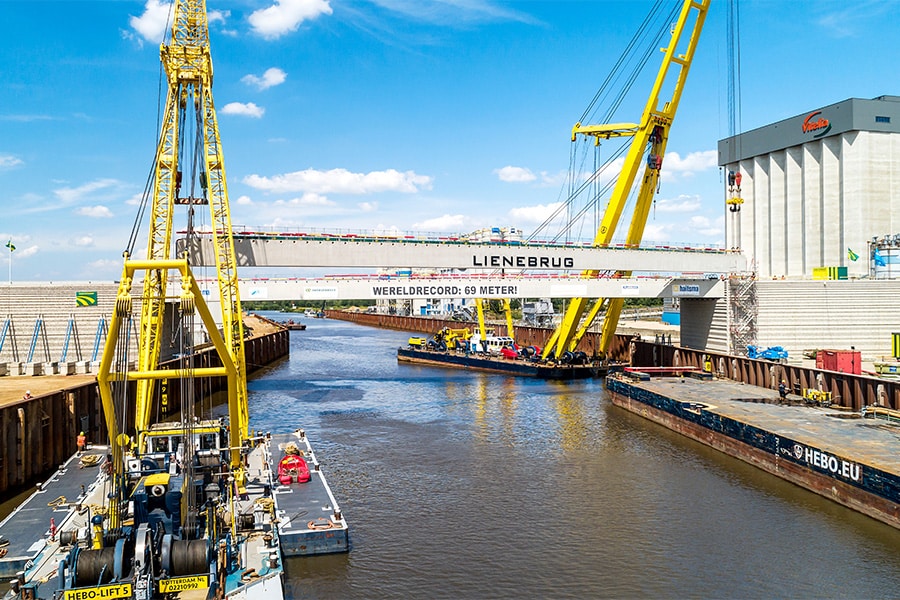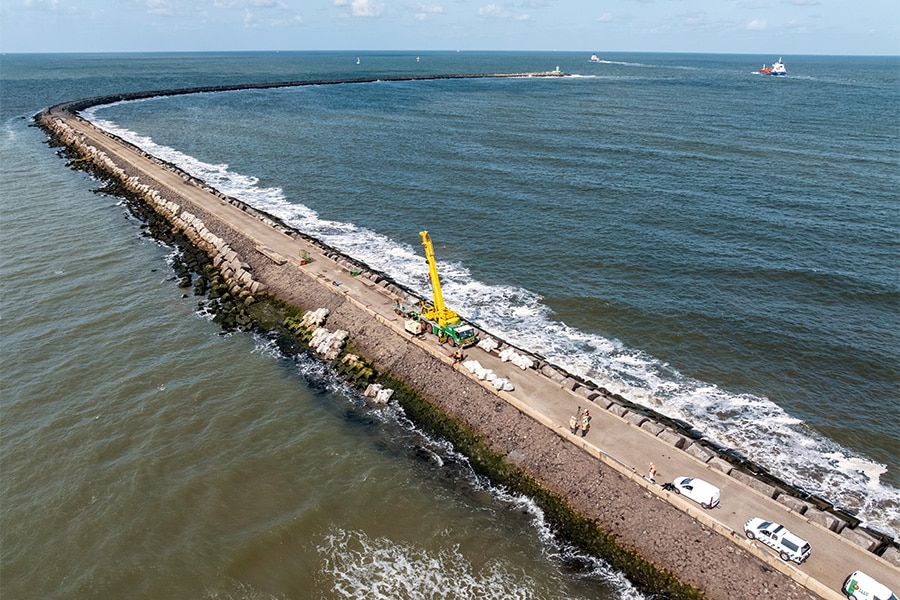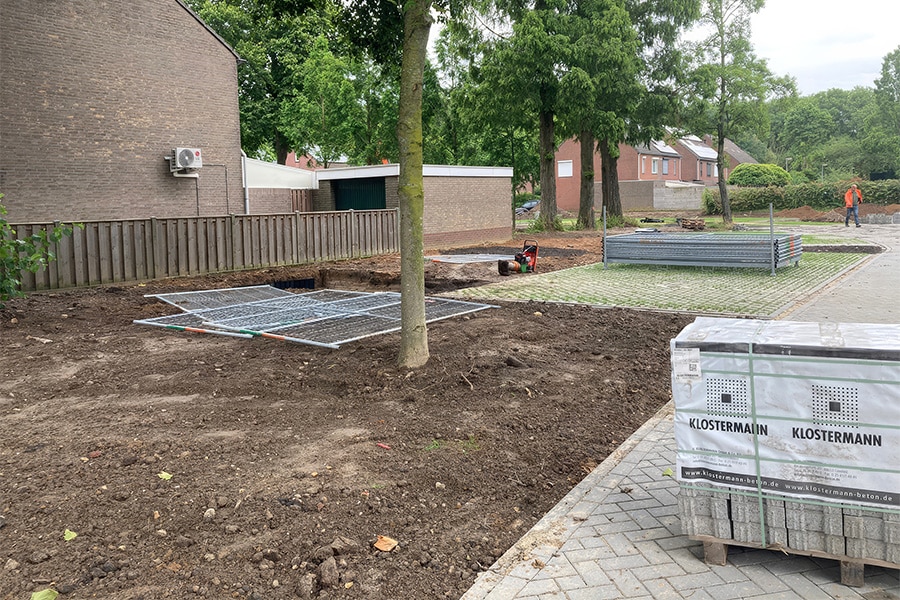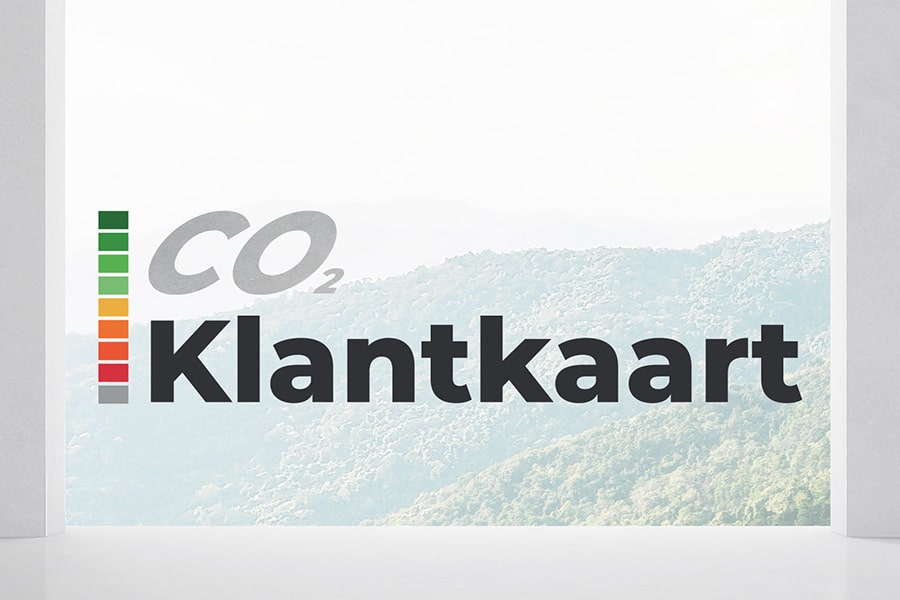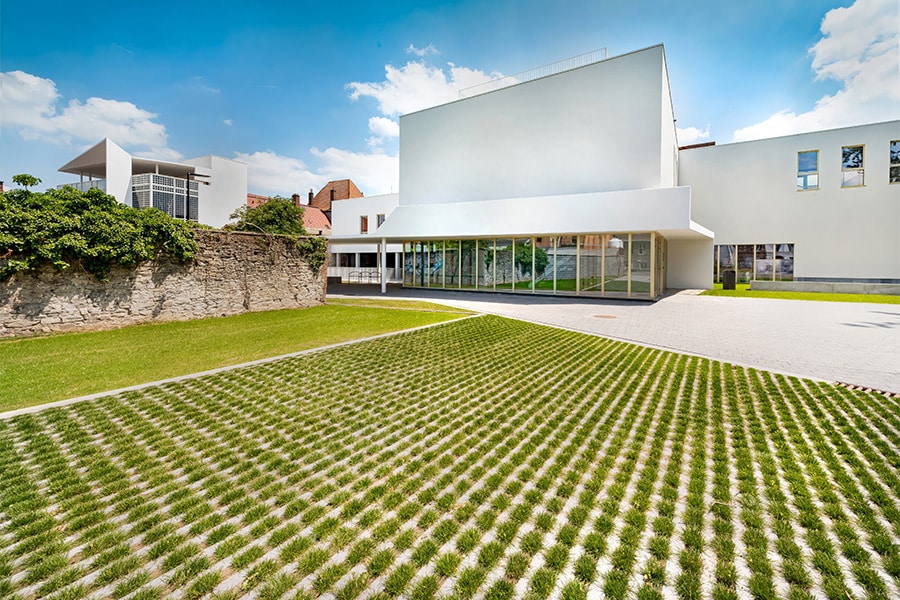
The BRL K11002: sustainable choices supported by figures
Sustainable, circular and climate adaptive paving? It can be done. The Dutch concrete paving industry shows that concrete is no longer 'gray'. With innovative materials, a strong focus on climate adaptation and clear environmental performance, the sector is taking concrete steps towards a sustainable public space. The BRL K11002 is an important tool in this, for both producers and clients.
BRL K11002 for clear environmental data
Anyone who wants to tender sustainably needs reliable data. And that is exactly what the assessment guideline BRL K11002 stands for: a practical and verifiable method to objectively test the environmental performance of concrete paving stones, tiles and elements. This gives municipalities and other clients insight into the actual environmental impact of products they purchase, without having to carry out complicated checks themselves. Where many sustainability certificates stop at a 'green logo', the BRL K11002 goes further. Independent assessment based on current standards guarantees transparency throughout the entire chain: from raw materials to production and from transport to recycling.
The central measuring stick: the EQI
The central yardstick within the BRL is the Environmental Cost Indicator (EQI): a standard method for translating environmental impact into a single clear figure. This makes products easily comparable and enables governments to set firm requirements in tenders. The MKI value is based on a full life cycle analysis (LCA), including raw material use, energy consumption, CO2 emissions, transportation and end-of-life. The use of MKI provides objective data and stimulates producers to keep innovating. The lower the MKI, the better the score, and thus the more attractive the product in a sustainable tender.
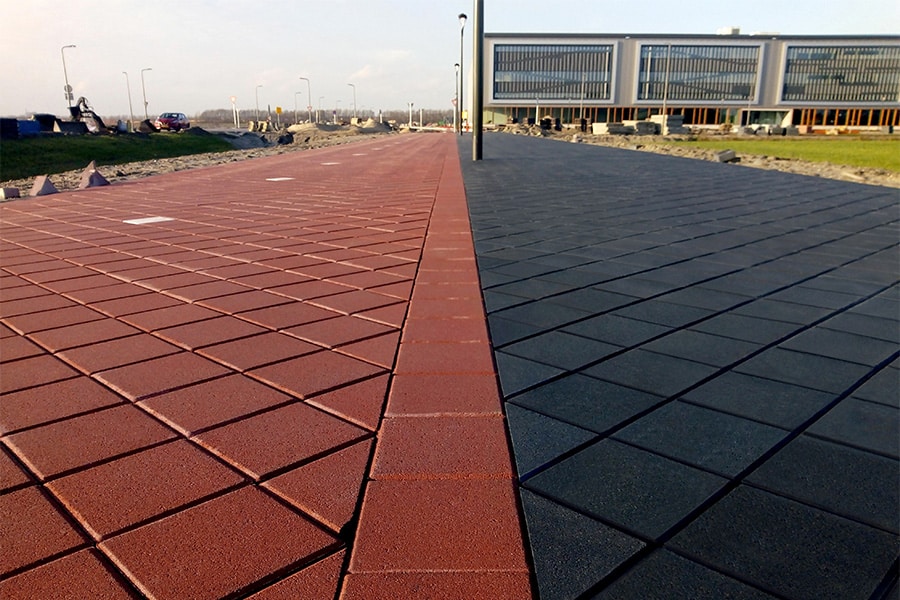
The street as a laboratory for circular concrete
The concrete pavement products sector produces about 18% of all concrete in the Netherlands. Precisely because there are no structural requirements (such as reinforcement), it is an ideal testing ground for sustainable innovations. Think low-cement or even cementless concrete, and the use of secondary raw materials such as recycled aggregate. On average, 15% of recycled material is already used in paving concrete. These innovations have an impact: less cement directly means less CO2 emissions. In addition, tools such as the CEMsaver are being used to use cement more efficiently. The use of alternative binders, such as geopolymers, is also on the rise.
Responding to climate challenges
Concrete paving also plays a growing role in climate adaptation. For example, light-colored bricks contribute to reducing heat stress in urban areas. Water-permeable and permeable elements reduce the pressure on sewer systems during peak showers. Grass concrete tiles combine bearing capacity with water infiltration and greening. The members of Betonhuis Bestrating, who produce in accordance with the BRL K11002, make these solutions concrete. By linking innovation to certified environmental performance, they offer products that are not only technically, but also ecologically future-proof.
Tool for collaboration in the chain
The BRL K11002 is more than a quality mark, it is a tool for cooperation in the chain. Producers, designers, contractors and clients can work with the same figures, making choices more transparent and easier to explain. For governments, it is an indispensable link in sustainable tendering: those who choose products with BRL K11002 certification are choosing well-founded quality and environmental responsibility.
Sustainability is a prerequisite
At a time when sustainability is no longer an afterthought but a prerequisite, the BRL K11002 offers clarity, reliability and incentive for innovation. By choosing certified concrete paving, the GWW sector is investing in a future where the street is as sustainable as the policy that
preceding it.
